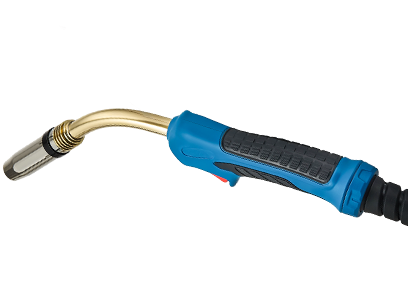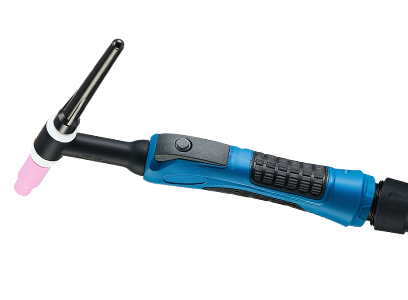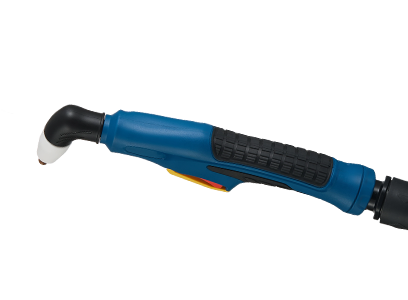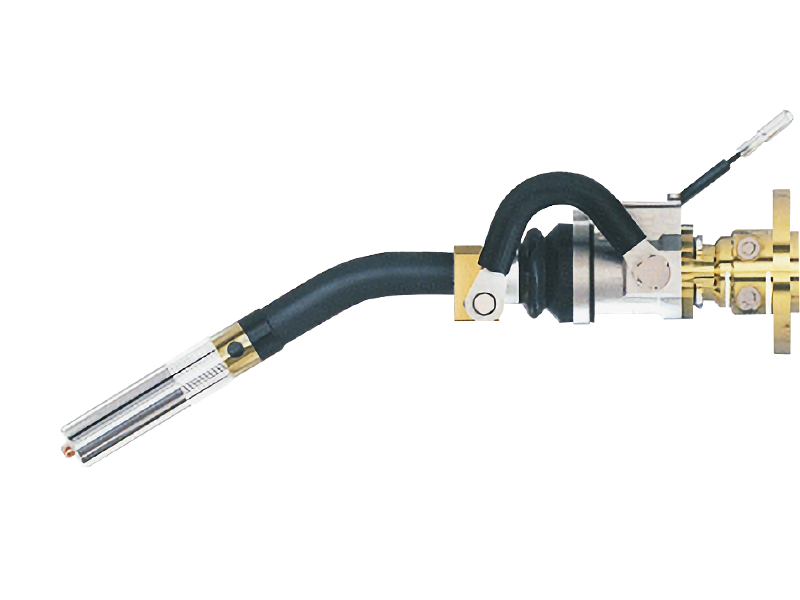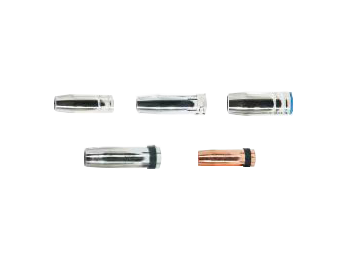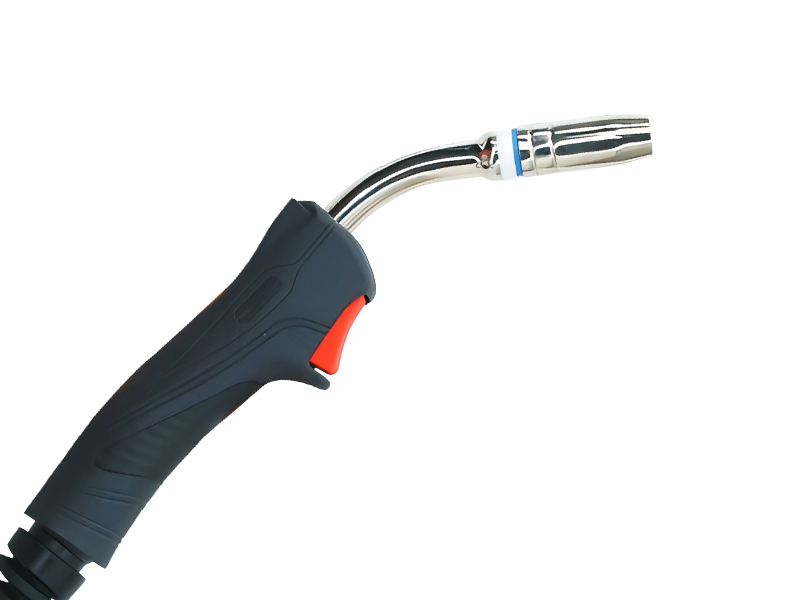Understanding Water-Cooled MIG Welding Machines: A Comprehensive Guide for Professionals
Water-cooled MIG welding machines are a vital tool in the welding industry, particularly for those who engage in high-performance welding tasks. Unlike air-cooled machines, which rely solely on ambient air to dissipate heat, water-cooled systems utilize water as a coolant to manage the temperature of the welding torch and other components. This innovative design not only enhances the performance o
Water-cooled MIG welding machines are a vital tool in the welding industry, particularly for those who engage in high-performance welding tasks. Unlike air-cooled machines, which rely solely on ambient air to dissipate heat, water-cooled systems utilize water as a coolant to manage the temperature of the welding torch and other components. This innovative design not only enhances the performance of the welding process but also extends the lifespan of the equipment.
One of the primary advantages of water-cooled MIG welding machines is their ability to handle high duty cycles. The water cooling system effectively removes heat away from the welding torch, allowing the machine to operate continuously for extended periods without overheating. This feature is particularly beneficial for professionals who require productivity and efficiency in demanding welding environments, such as heavy fabrication, shipbuilding, and automotive industries.
In terms of performance, water-cooled MIG welding machines provide consistent arc stability and precise heat control. This capability is essential for achieving high-quality welds, especially when working with thicker materials or when executing complex weld joints. The efficient heat management also reduces the risk of burn-through, ensuring that the integrity of the base materials is maintained.
Maintenance is a critical aspect of operating water-cooled MIG welding machines. Regular checks of the coolant levels and the integrity of the cooling system are necessary to ensure optimal performance. Professionals should also be aware of the signs of wear and tear in hoses and connections, as these can lead to coolant leaks and reduced cooling efficiency. Implementing a routine maintenance schedule can help prevent downtime and costly repairs, ensuring that your welding operations run smoothly.
Additionally, the versatility of water-cooled MIG welding machines allows them to be used across various applications. Whether you are working on stainless steel, aluminum, or other non-ferrous materials, these machines can be configured to suit the specific requirements of the job. The adaptability of the water-cooled system makes it an ideal choice for a wide range of welding tasks, from intricate designs to heavy-duty applications.
In conclusion, water-cooled MIG welding machines provide significant benefits for professionals seeking reliable and efficient welding solutions. Their ability to maintain optimal temperatures, enhance weld quality, and support prolonged operation makes them an invaluable asset in the welding industry. Understanding the mechanics and advantages of these machines can empower you to make informed decisions that elevate your welding projects to new heights.
One of the primary advantages of water-cooled MIG welding machines is their ability to handle high duty cycles. The water cooling system effectively removes heat away from the welding torch, allowing the machine to operate continuously for extended periods without overheating. This feature is particularly beneficial for professionals who require productivity and efficiency in demanding welding environments, such as heavy fabrication, shipbuilding, and automotive industries.
In terms of performance, water-cooled MIG welding machines provide consistent arc stability and precise heat control. This capability is essential for achieving high-quality welds, especially when working with thicker materials or when executing complex weld joints. The efficient heat management also reduces the risk of burn-through, ensuring that the integrity of the base materials is maintained.
Maintenance is a critical aspect of operating water-cooled MIG welding machines. Regular checks of the coolant levels and the integrity of the cooling system are necessary to ensure optimal performance. Professionals should also be aware of the signs of wear and tear in hoses and connections, as these can lead to coolant leaks and reduced cooling efficiency. Implementing a routine maintenance schedule can help prevent downtime and costly repairs, ensuring that your welding operations run smoothly.
Additionally, the versatility of water-cooled MIG welding machines allows them to be used across various applications. Whether you are working on stainless steel, aluminum, or other non-ferrous materials, these machines can be configured to suit the specific requirements of the job. The adaptability of the water-cooled system makes it an ideal choice for a wide range of welding tasks, from intricate designs to heavy-duty applications.
In conclusion, water-cooled MIG welding machines provide significant benefits for professionals seeking reliable and efficient welding solutions. Their ability to maintain optimal temperatures, enhance weld quality, and support prolonged operation makes them an invaluable asset in the welding industry. Understanding the mechanics and advantages of these machines can empower you to make informed decisions that elevate your welding projects to new heights.
TAG:
Related Posts
MIG Welding Robots vs. Traditional Methods: A Comprehensive Comparative Analysis
Table of Contents
1. Introduction to MIG Welding and Traditional Methods
2. Understanding MIG Welding Technology
3. Benefits of Using MIG Welding Robots
3.1 Efficiency and Speed
3.2 Precision and Quality
3.3 Enhanced Safety
4. Overview of Trad

